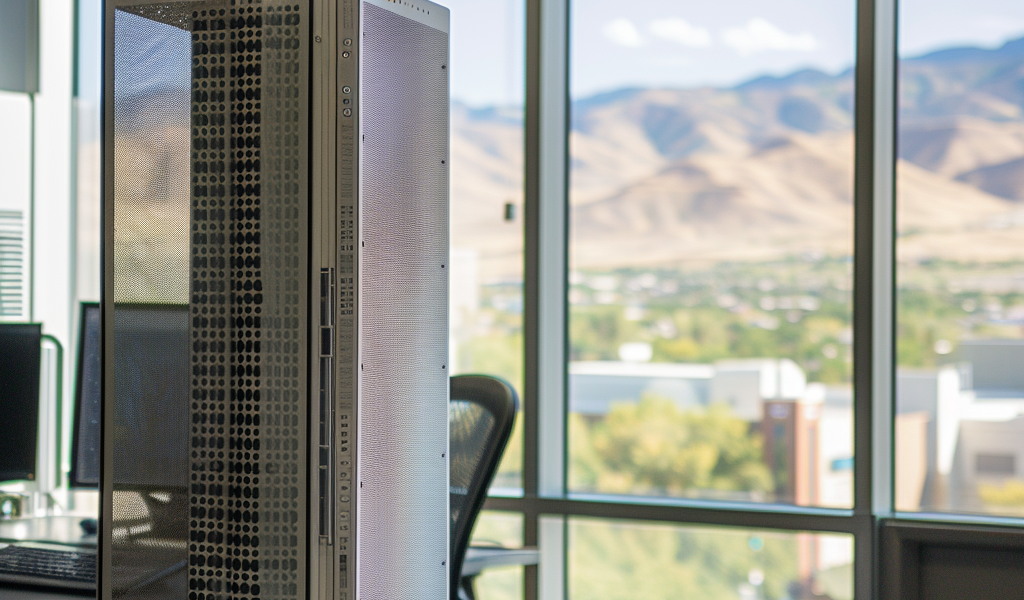In a groundbreaking advancement in atmospheric water harvesting (AWH), researchers at the University of Utah have developed a compact device capable of extracting water from the air, potentially addressing chronic water shortages faced by billions globally. The innovative technology could revolutionize how we access clean drinking water, especially in arid regions where traditional sources are limited.
The Earth’s atmosphere contains a vast amount of moisture, enough to fill Utah’s Great Salt Lake 800 times. However, current AWH technologies often suffer from significant drawbacks, including size, cost, and inefficiency. The recent study sheds light on a new approach that could enhance the efficiency of water extraction from the atmosphere.
The newly designed device is a compact, rapid cycling, fuel-fired AWH prototype. It operates through a two-step process that utilizes specially engineered hygroscopic materials to draw water molecules from non-humid air. Following this, the device applies heat to release the captured moisture in liquid form, making it suitable for consumption.
Senior author Sameer Rao, an assistant professor of mechanical engineering, emphasized the significance of hygroscopic materials in this process. These materials naturally attract water, making them ideal for water extraction. Rao likened the specific type of hygroscopic material used in the device—known as metal-organic frameworks (MOFs)—to Lego blocks, which can be configured in various ways to create tailored structures for specific applications.
MOFs are particularly effective in selectively adsorbing water vapor from the air, ensuring that the device captures moisture without interference from other gases. The research team, including graduate student Nathan Ortiz, focused on developing a prototype that employs aluminum fumarate, a type of MOF, arranged in panels to maximize water collection as air is drawn through the device.
According to Ortiz, the process of capturing water molecules is reversible, meaning that the water does not become permanently embedded in the material. Instead, it adheres to the surfaces of the hygroscopic panels, which boast an impressive internal surface area. Remarkably, just one gram of this material can provide as much surface area as two football fields, allowing for efficient water capture.
The potential applications of this technology are vast, particularly in regions where water scarcity is a pressing concern. By harnessing the moisture present in the atmosphere, this device could provide a sustainable source of clean drinking water, improving the quality of life for countless individuals.
As the world grapples with increasing water shortages due to climate change and population growth, innovations like this compact AWH device offer hope for a future where access to clean water is not a luxury but a standard. The research conducted by the University of Utah team marks a significant step toward unlocking the potential of atmospheric water harvesting, paving the way for further advancements in this critical field.
This new technology could serve as a vital tool in the fight against water scarcity, enabling communities to tap into the vast resources of the atmosphere. As researchers continue to refine and develop this technology, the dream of extracting water from thin air may soon become a reality for many around the world.





